In June 2016, DC Comics kicked off the start of its Rebirth initiative. After a wave of criticism surrounding the way they have treated their characters’ rich histories since 2011’s New 52 relaunch, DC has decided to rebrand. They hope that by restoring their characters’ pasts, they will restore readers’ faith in them as well. Do they succeed? That’s what the Comics Beat managing editor Alex Lu and entertainment editor Kyle Pinion are here to discuss. Book by book. Panel by panel.
This week: Kyle makes his return after two weeks abroad and takes a look the penultimate chapter of “The Button” with Batman #22, and gives Sam Humphries take on the GL mythos another spin in Green Lanterns #22. There’s quite a few twos in that sentence, almost worthy of a Harvey Dent caper.
Note: the reviews below contain **spoilers**. If you want a quick, spoiler-free buy/pass recommendation on the comics in question, check out the bottom of the article for our final verdict.
 Batman #22
Batman #22
Story: Joshua Williamson and Tom King
Script: Joshua Williamson
Artist: Jason Fabok
Colorist: Brad Anderson
Letterer: Deron Bennett
Did you miss me? Probably not, but I sure missed all of you! Before I dig a bit into this week’s DC offerings, I wanted to say a special thank you to my partner in crime, Alex Lu, for manning this article for two straight weeks. While I was gallivanting in Italy, eating far more carbs than one person ever really needs to, you folks were left in the best of hands.
But now I’m back, so let’s undo all that good work Alex did. And where’s the best possible place to start? With a controversial Watchmen-based storyline of course!
While I was away, all of the fun discussion of this Batman/Flash crossover which continues the main thread of last year’s Rebirth 80 page Special had basically been had. I don’t have anything terribly significant to add in regard to the actual ethical discussion of the existence of this story, and I don’t particularly have a strong enough opinion in that area to voice it. On the creative-side, I still have significant concerns, but I do admit that the first two chapters of this crossover have been very entertaining. The opening issue (Batman #21) playing up all of Tom King’s formalist chops and some really nicely composed work by Jason Fabok, and the subsequent comic (Flash #21) counters King’s introspective take on this event with an all out superhero spectacle with as many Easter Eggs as you could imagine one could toss into a single issue and some of the best Howard Porter art I’ve seen in years. Given that seeming back and forth between the two creators (the Batman chapters reflecting the more psychological nature of the current take, and the Flash issues being the wilder and more upbeat follow-ups), I was looking forward to finding out how King would handle the first meeting of Bruce and his father from the altered Flashpoint timeline.
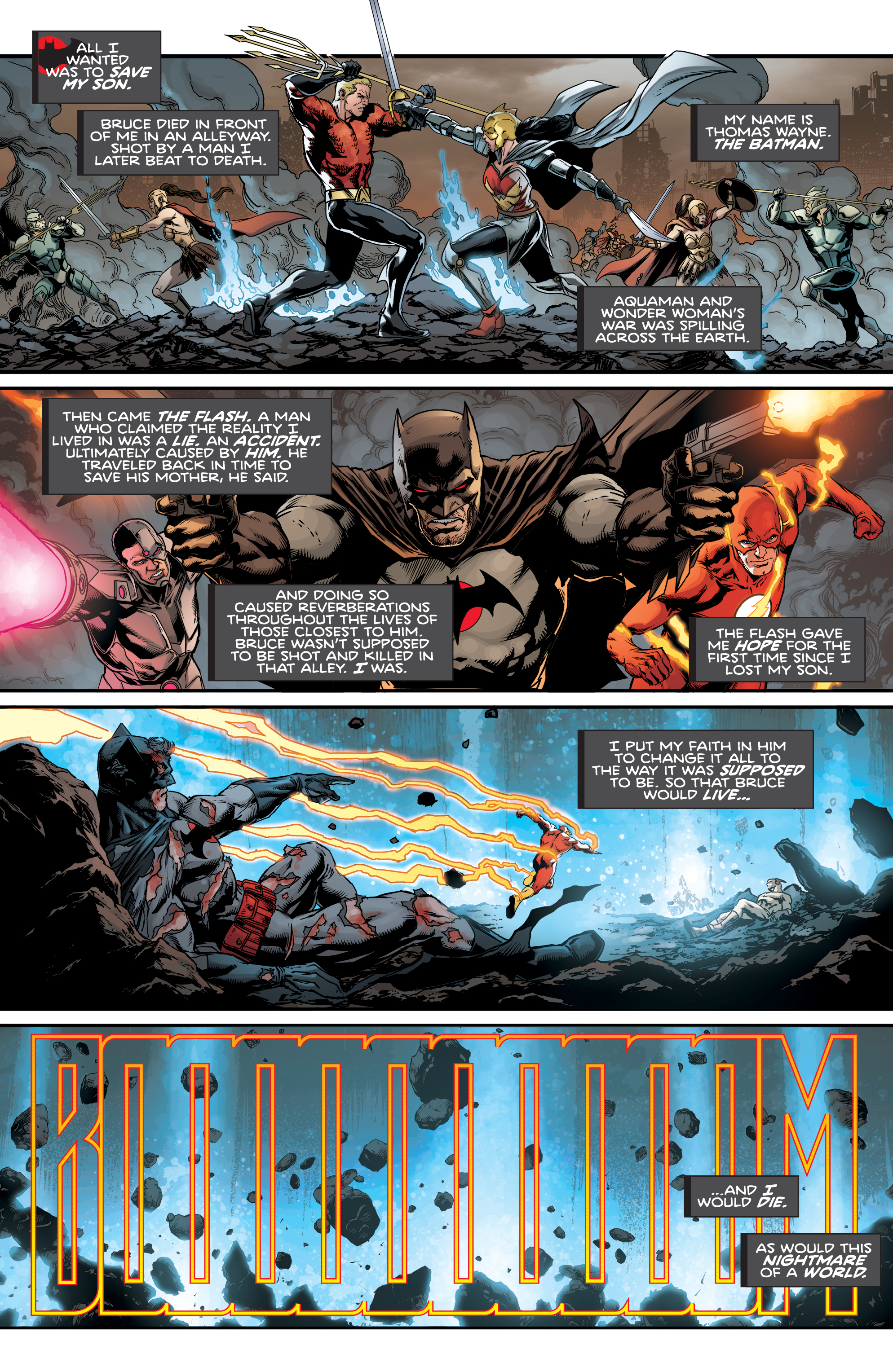
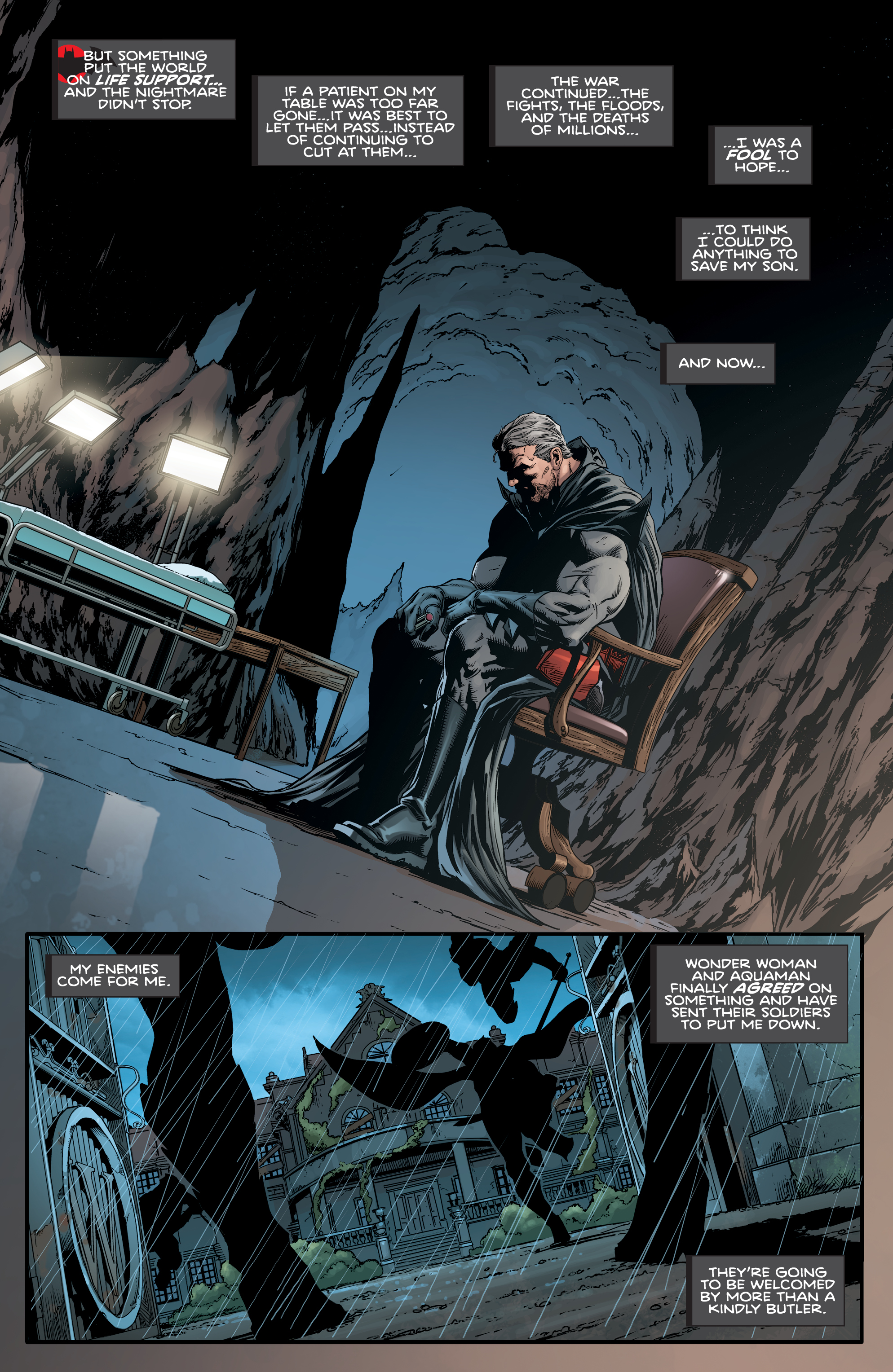
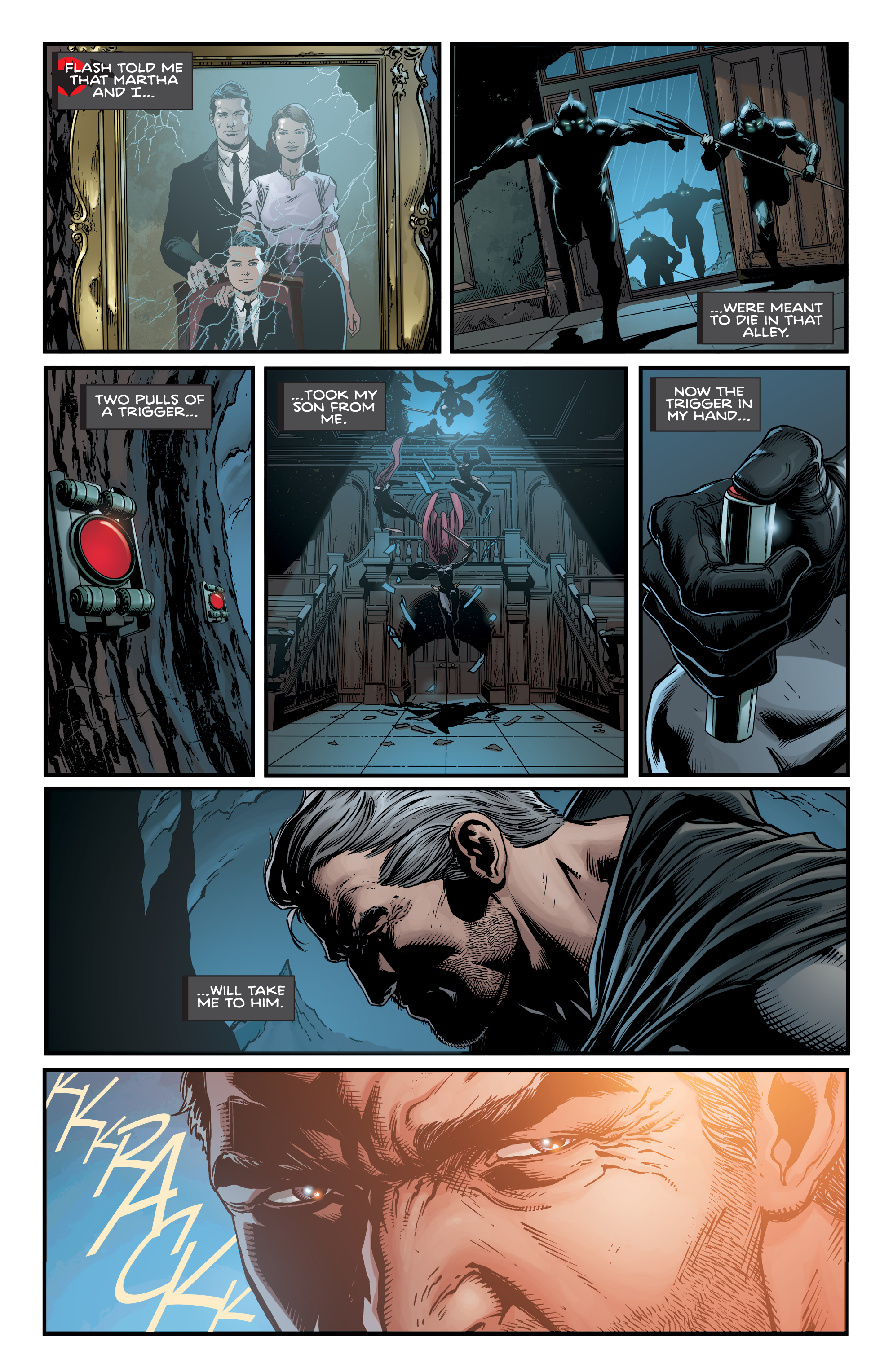
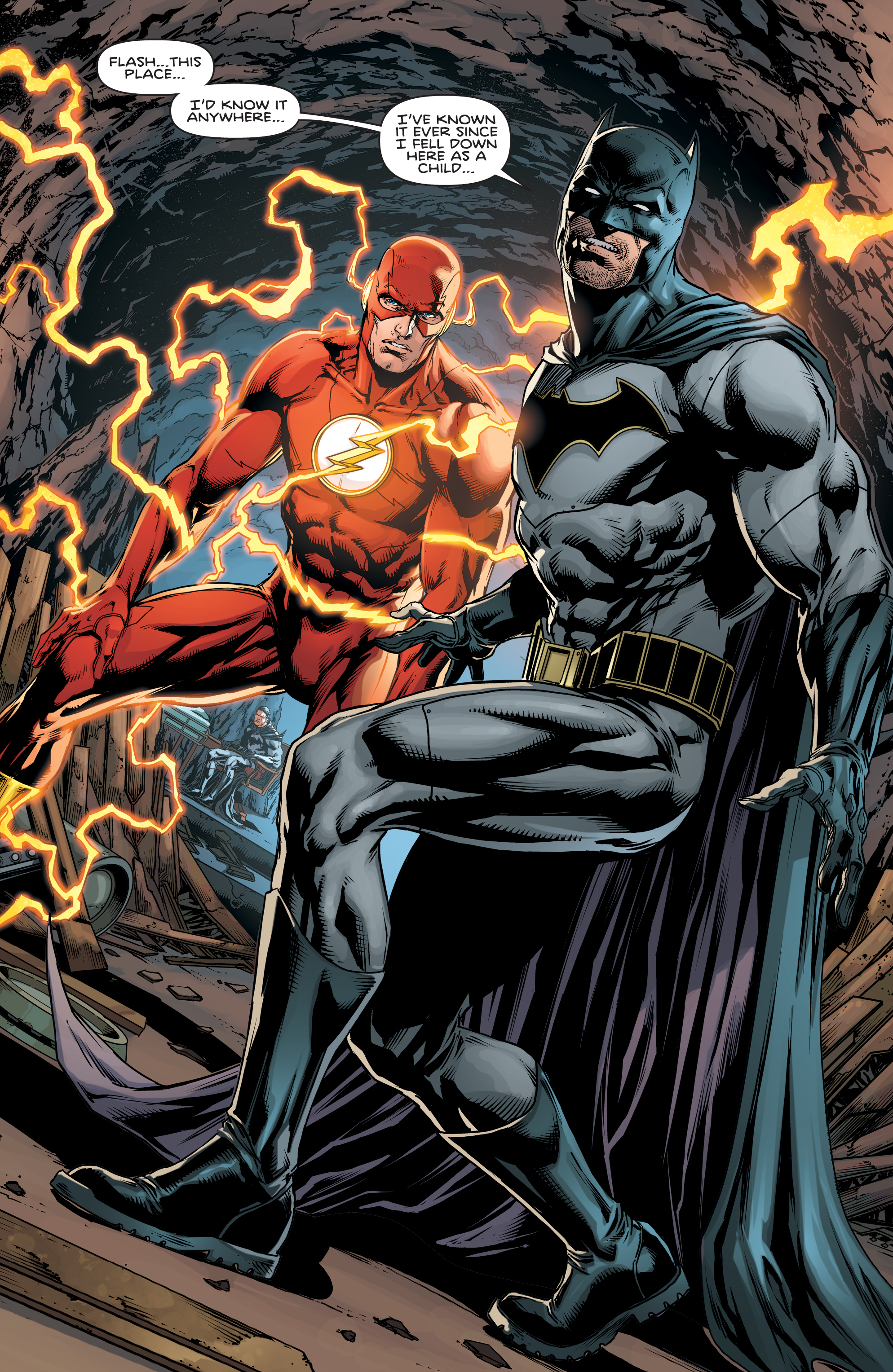
Verdict: Buy
 Green Lanterns #22
Green Lanterns #22
Writer: Sam Humphries
Penciller: Ronan Cliquet
Colorist: Hi-Fi
Letterer: Dave Sharpe
For this week’s second review, I decided to take another quick peek at Sam Humphries’ Green Lanterns run, which I was pretty sharply negative on in the early going. I seem to recall at one point, when Alex and I were pairing up on these reviews, that I outright begged him to make it so I didn’t have to read this title again. Yet, somehow I kept trudging through on my own, whether out of morbid curiosity or perhaps even the tendency to just read everything DC puts out (which I’ve noted before in reviews past, I continue to do). I’m sure I’ve also said this before, but I really do want to like Humphries’ work, especially as a fresh new voice on a property that desperately needs it, plus he’s got great taste as a fellow die-hard Love and Rockets fan, but up until recently I’d never been able to quite cross that line that I’d sought.
But let’s talk about what’s happened recently, which has helped me have a bit of a turnaround on his work on this title so far. While I thought the initial arc was a bit of a mess, with Humphries and company struggling to both find a good voice for both Simon and Jessica, while also plopping them in the middle of some nebulous (and rather uninteresting) conflict with the Red Lanterns, the subsequent major storyline that’s built since then from “The Phantom Lantern” on and centering on Volthoom has been much more my cup of tea. And just prior to this week’s issue, we even got a two-part showdown with Doctor Polaris, one of the very things I’d been asking for when this title was launched. I’ll just pretend Sam and I are on a wavelength now. This issue continues the book’s upsurge of quality, taking a break from the very welcome earth-bound concerns of the title, to integrating Simon and Jessica into the new status quo established within the confines of Hal Jordan and the Green Lantern Corps. Generally speaking, I’d typically greet that sort of cross-pollination with a bit of disdain, since the outer space cop stuff is already well covered in the other title and I appreciated the niche both books were starting to carve in the franchse. But, Humphries’ approach here specifically jumps on the opportunity to place both Simon and Jessica in a fish out of water scenario, specifically for the latter, who has never actually undergone Green Lantern training.
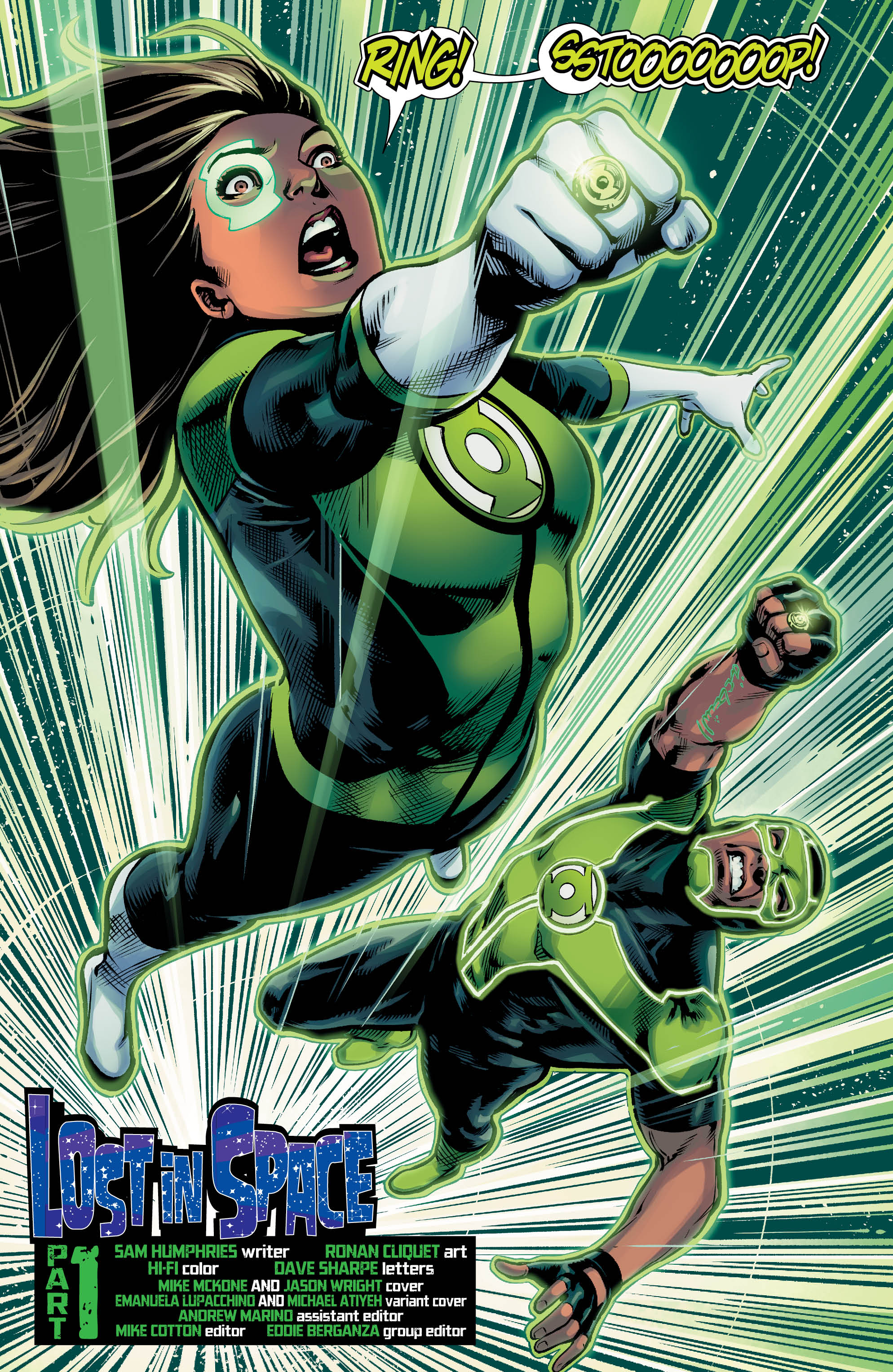
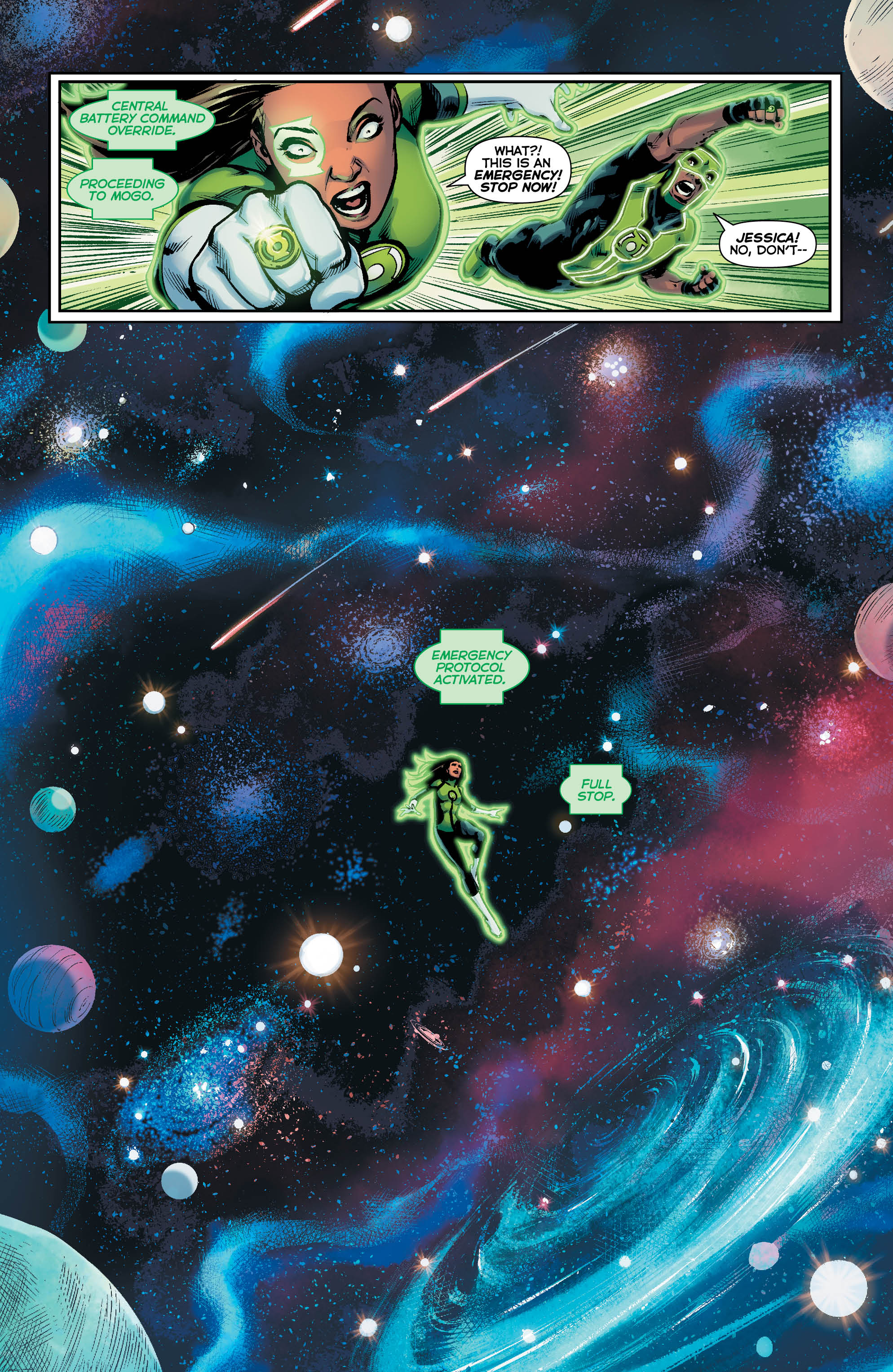
I’m not sure if Green Lanterns is the most improved book over the course of Rebirth’s first year, but it’s definitely in the conversation. I’m glad I stuck with it.
Verdict: Buy
Round-Up
- Originally I had planned to write at length about this week’s first issue of Bane Conquest, Chuck Dixon and Graham Nolan’s return to one of their signature creations. But to be honest, I found that first issue fairly underwhelming. Not a lot happens, and weirdly its presentation of Bane doesn’t quite jibe with what we’d just seen in two previous Batman arcs. If this was to be considered a sort of non-canon take, I could see this being a little more workable, but it’s not really sold as such. But as it stands, it just feels a little odd and anachronistic, as if the character never really changed much since the last time Dixon and Nolan worked on him, oh so many years ago.
- Nightwing‘s current arc ends really well, by the way, with a super touching closing page that brings back all my Morrison-era Batman and Robin feelings. Despite a slight bump or two along the way, Tim Seeley is doing some terrific work on this title, blending everything that was great about Grayson in terms of Dick’s personality traits and transplanting them right in the middle of a neat little Bludhaven era + Morrison era synthesis. It’s one of my treasured reads every week it comes out.
- The new issue of Cyborg has Jon Semper attempting hip hop rhymes. This is not a drill.
Miss any of our earlier reviews? Check out our full archive!


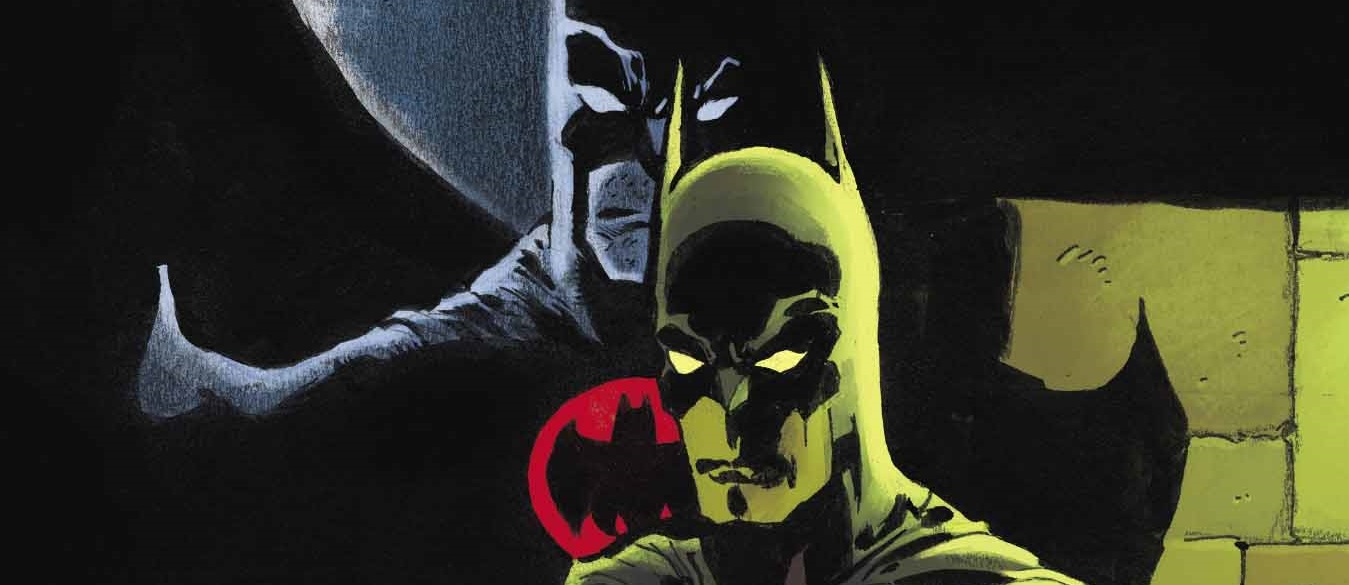
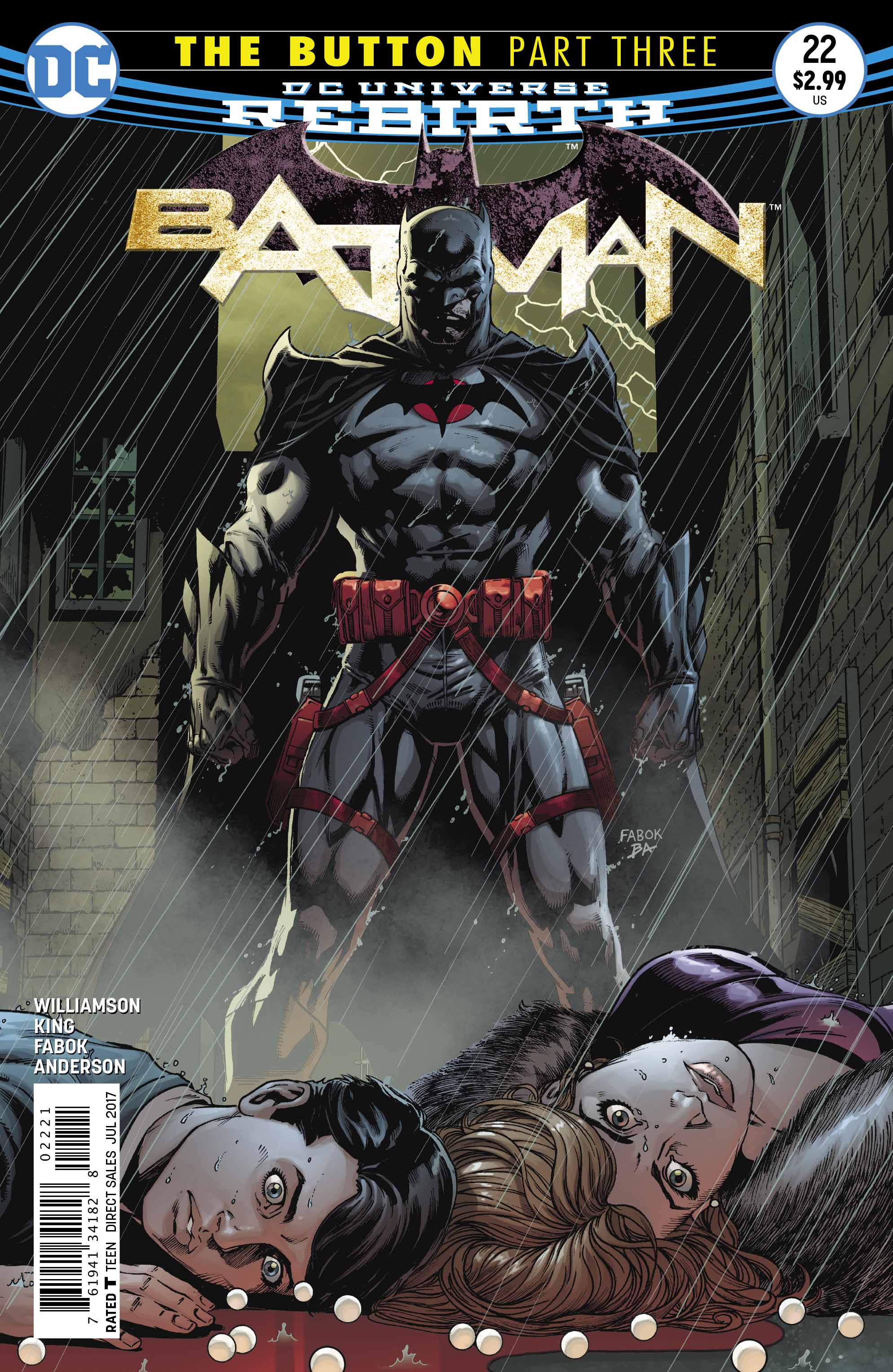 Batman #22
Batman #22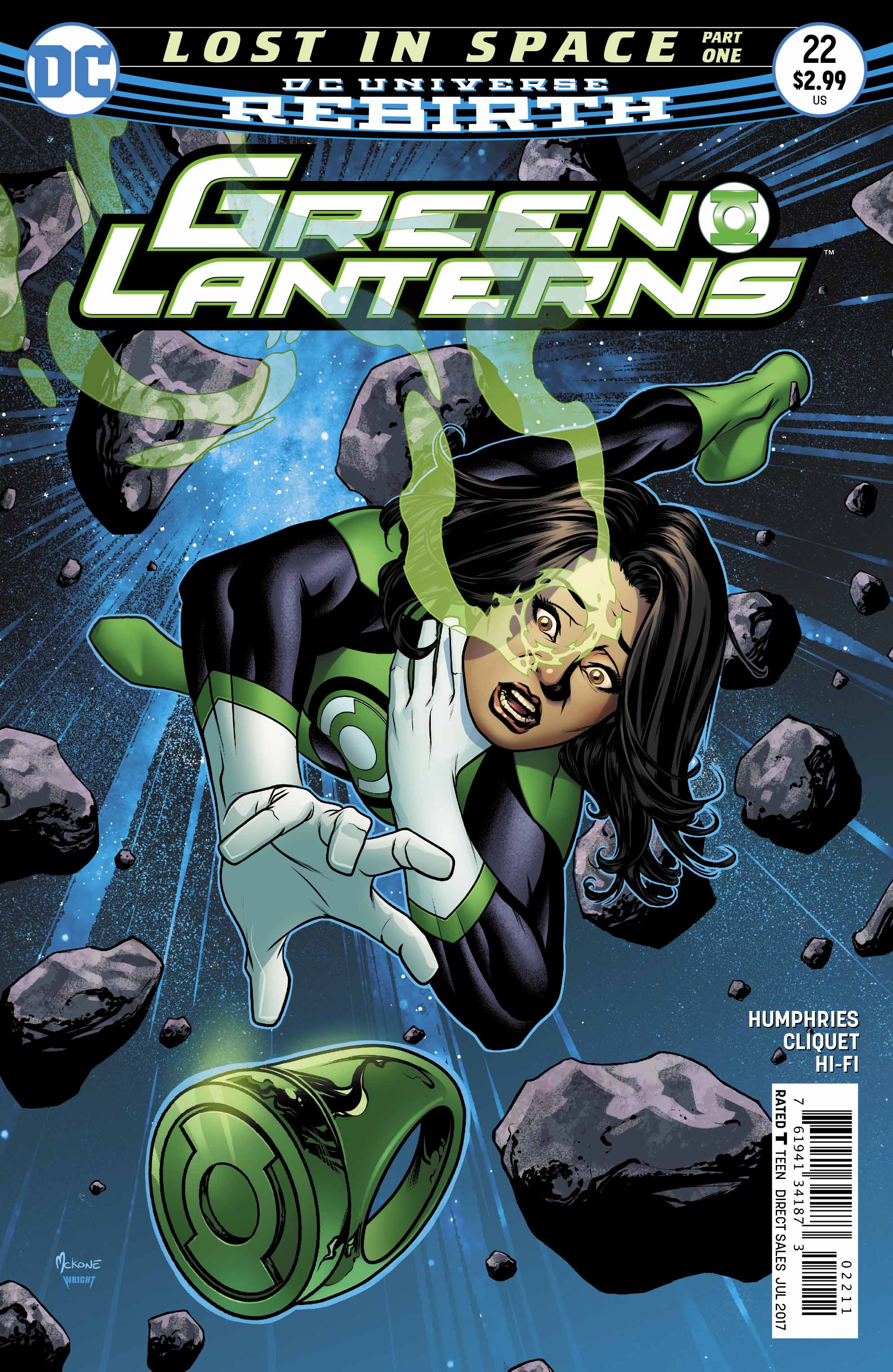 Green Lanterns #22
Green Lanterns #22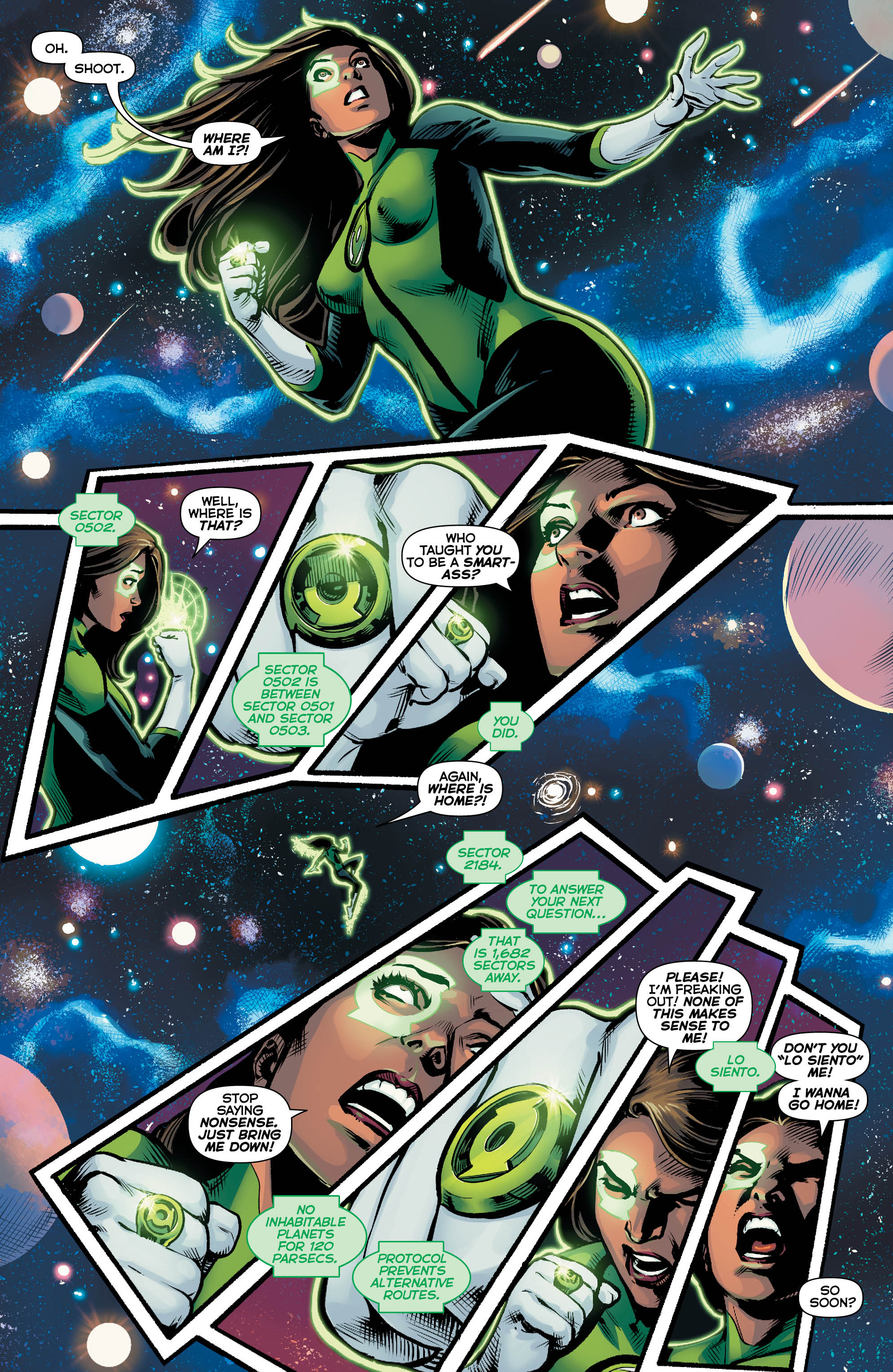
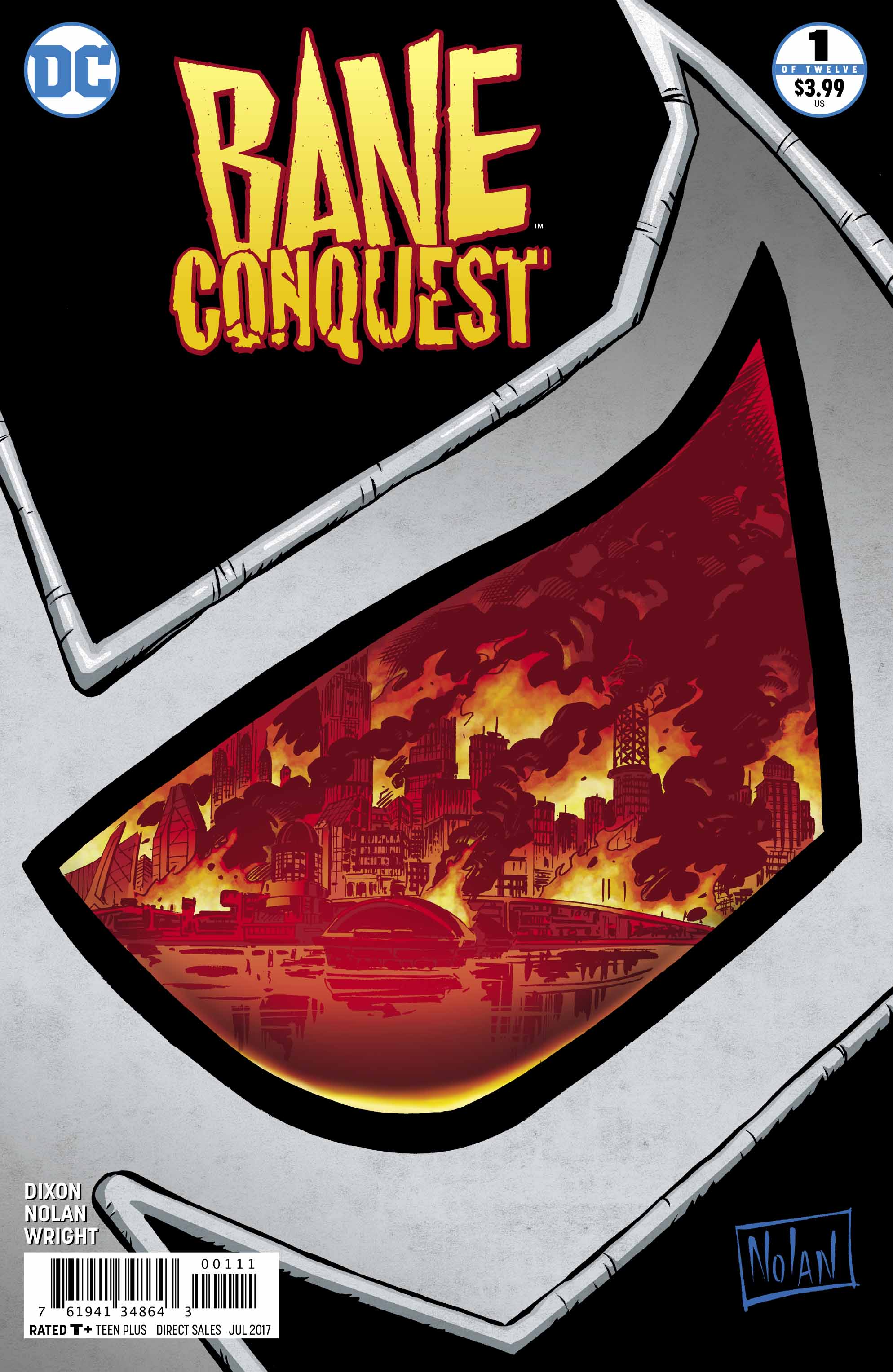


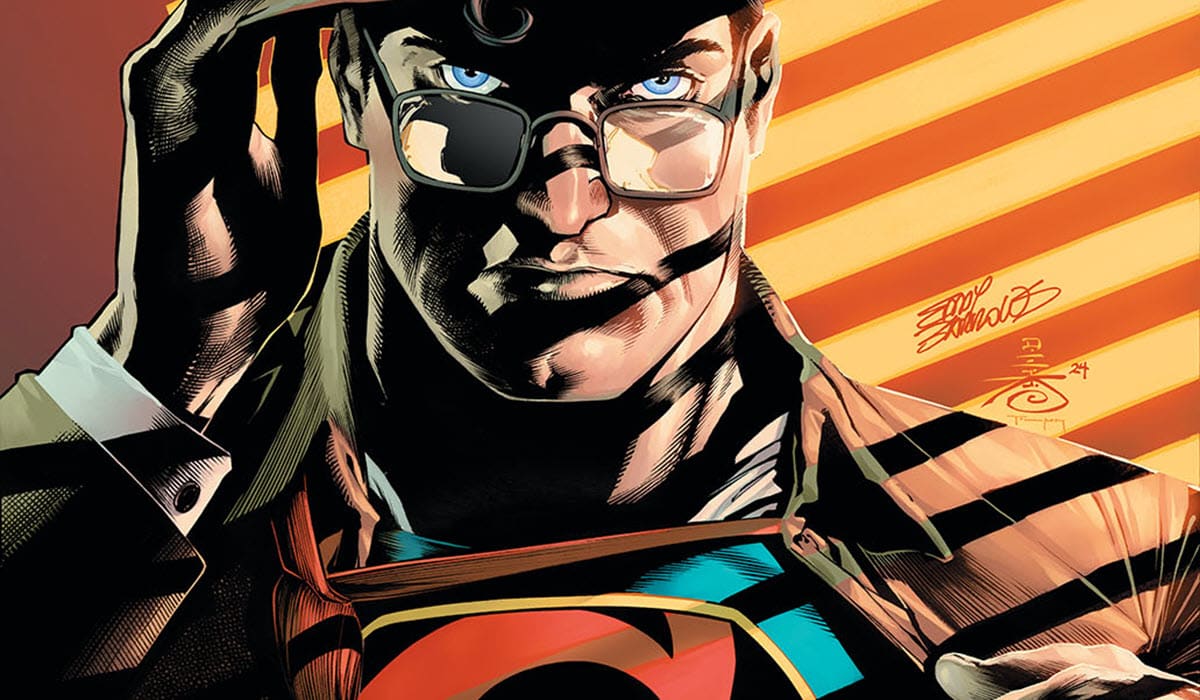



I don’t know how to feel about the Button so far. Three issues in, and it still seems like we’re at the appetizer stage. This issue spent a lot of time recapping, and the rest of the story just breezed by too quickly. Part 4 has a lot of heavy lifting to do in terms of moving the Rebirth storyline forward.
Nightwing was great this week, giving the Morrison run some much-needed closure. As bizarre and trippy as it was, it really hits home in that it’s really about two brothers dealing with the changing times.
Are you guys reading Deathstroke as well? It just hit a fantastic arc finale, though it leaves some questions unanswered. The series just got nominated for an Eisner, which is surprising but not undeserved.
I’m reading Deathstroke, I just almost passed out by the end of writing this piece, so I didn’t quite feel like I could put any thoughts into words about it. It’s a very good series, and probably the one I most recommend to people who are dubious, outside of the better Young Animal stuff. It’s dense though, I sometimes have trouble remembering what happens from one issue to the next – which is probably why I haven’t talked about it in a while. I may do so when the new arc kicks off, this is a good reminder.
I love Priest’s writing, but Deathstroke just isn’t working for me. None of the characters are likable or relatable.
Priest hammers it over and over, Deathstroke is a bad guy, this is a screwed up family, fine. But the Sopranos was about a screwed up family, and there was plenty of levity on that show. Each character was likable, despite having serious flaws.
Deathstroke has no likable characters.
It has an overcomplicated plot in the typical style of Priest, but beyond the plot, Deathstroke himself is as bland a leading man as he’s been for the past six years.
Comments are closed.